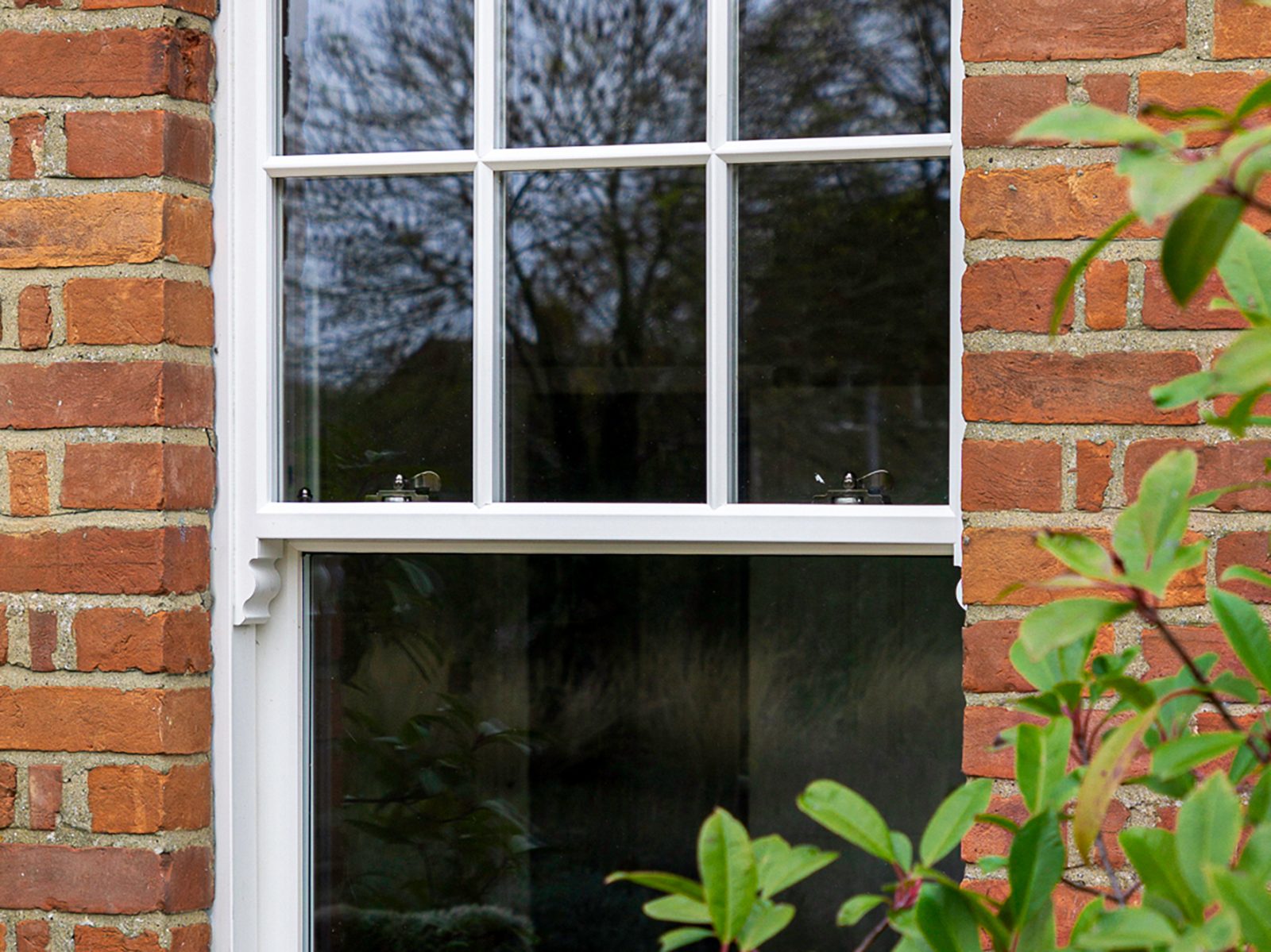Demystifying conservation


There are many misconceptions about replacing windows in conservation areas. Roseview’s Mike Bygrave helps clear up the confusion.
Roseview has more than 40 years of experience in manufacturing sash windows. Throughout that time, we’ve seen installers and homeowners struggle with conservation areas; it’s a subject shrouded in uncertainty, misconception and false assumptions.
This is understandable; conservation lacks a single defining authority or rulebook. Instead, there’s a raft of separate legislation that devolves much of the decision-making to local authorities, often leading to varying interpretations.
However, misunderstanding conservation can needlessly restrict installers by limiting their options. In reality the subject is not as daunting as it first seems; it can be simplified into five categories.
Planning permission
By default, building works require planning permission. However, to streamline the process many works are included in the framework of permitted developments, where explicit planning permission is not required. This includes like-for-like replacement of windows and doors, which installers benefit from every day.
Permitted development
In most situations, Permitted Development (Class A) allows for windows and doors to be replaced without planning permission, as long as replacements have a ‘similar visual appearance’ to the existing. This term is key, as it doesn’t specify materials.
There are some restrictions to Permitted Development. It only applies to single dwellings, not sub-divided buildings (flats), commercial buildings or properties that have had a change of use. Also, previously granted planning permission may remove Permitted Development.
Crucially, a conservation area does NOT automatically remove windows from Permitted Development.
Conservation areas
The two most common misconceptions we come across are that changing windows in a conservation area requires approval, and that replacements must match original materials. Neither of these are automatically true.
In terms of planning, conservation areas have little meaning. A home in a conservation area is subject to the same rules as anywhere else, unless Permitted Development has been specifically removed or altered (typically by an Article 4 Direction).
It is also important to note that ‘similar visual appearance’ does not include materials. In fact, the technical guidance on Permitted Development (section A.2) uses replacement PVC-U windows as an example of permitted change.
However, in conservation areas ‘similar visual appearance’ will come under scrutiny. Also, if original windows have already been changed (e.g. from sash to casement), changing them back counts as altering the visual appearance (although it’s a change authorities are likely to support).
Article 4 Directives
Article 4 Directives are more specific than conservation areas and are usually what stops windows being changed, as local authorities use them to revoke or alter Permitted Development rights and push works back into the planning process.
The use of Article 4 varies widely between different authorities; some don’t use them at all, others apply them to individual buildings, parts or even all of their conservation areas. They can also be used on certain parts of buildings, such as front elevations only.
Therefore, it is important to check the wording of the Article 4 Direction carefully, as if there is an Article 4 in place that covers windows and doors, planning permission will be required.
Listed Building Consent
Listed buildings fall outside of the standard planning framework. Any alterations that affect their character, appearance or special interest status require specific Listed Building Consent, which considers both appearance and materials.
Listed Building Consent is granted by local authority planning departments, generally following consultation with Historic England (or equivalent). Making changes without consent is a criminal offence for both the owner and the contractor.
Use of PVC-U
We often get asked, ‘can I use PVC-U in a Conservation Area’. The short answer is, yes, unless a planning requirement specifically forbids it.
Whether a planning application is required or not depends on whether the changes fall within Permitted Development, and whether Permitted Development rights have been overruled by listed status or an Article 4 Direction.
If there’s any doubt, the homeowner should contact the local authority’s conservation officer and ask a direct question: “are there any restrictions on replacement windows in this property?”